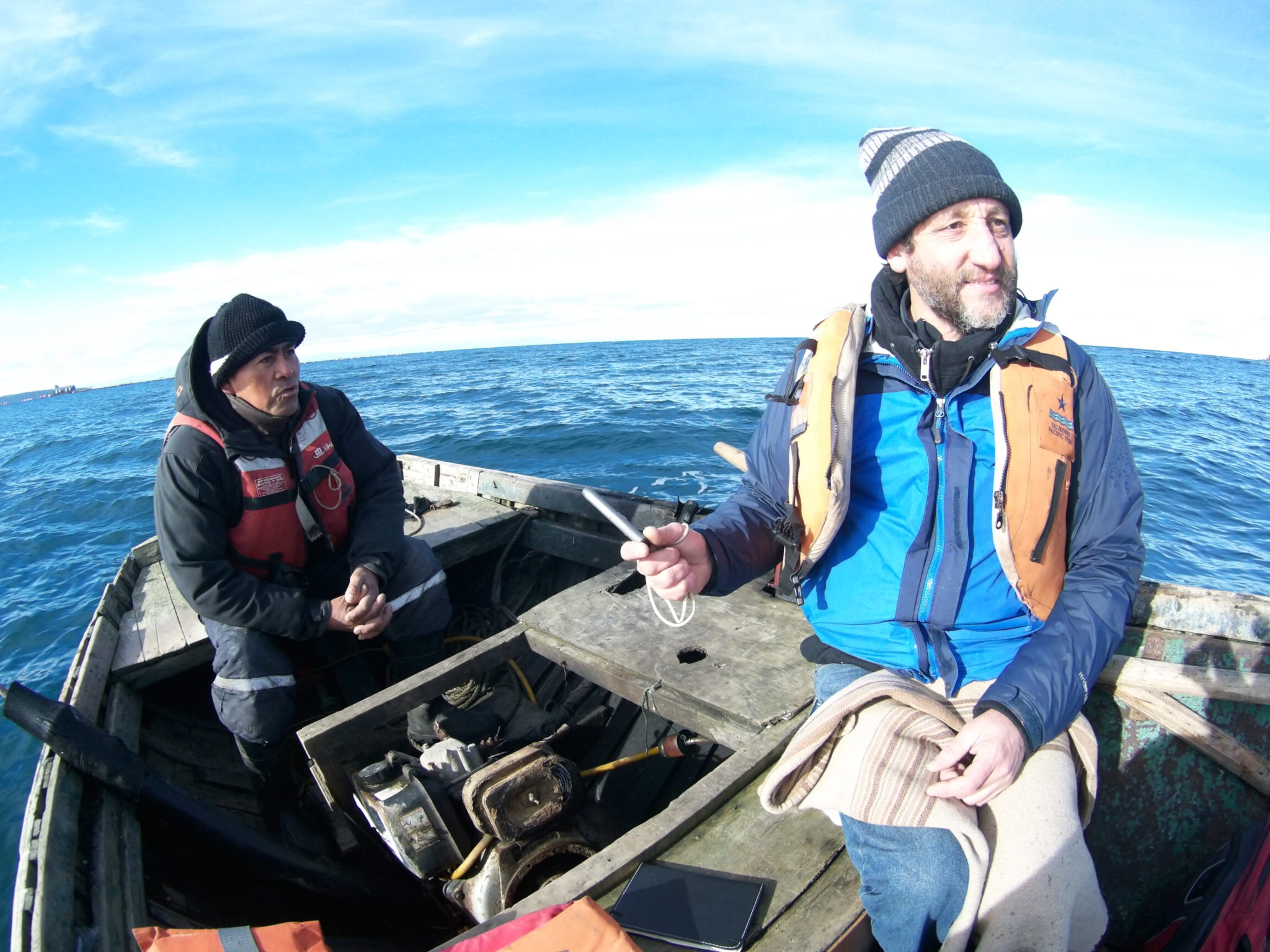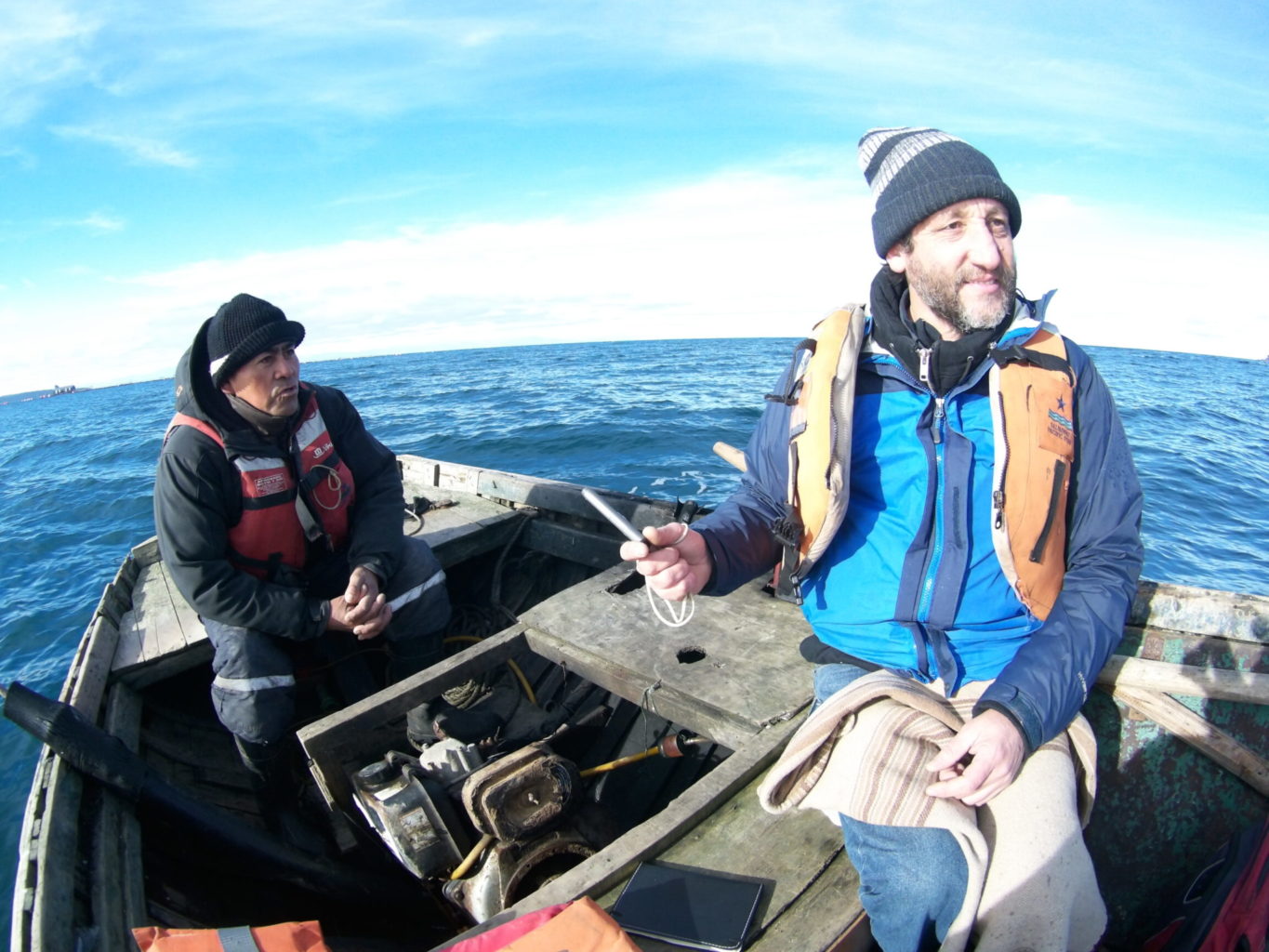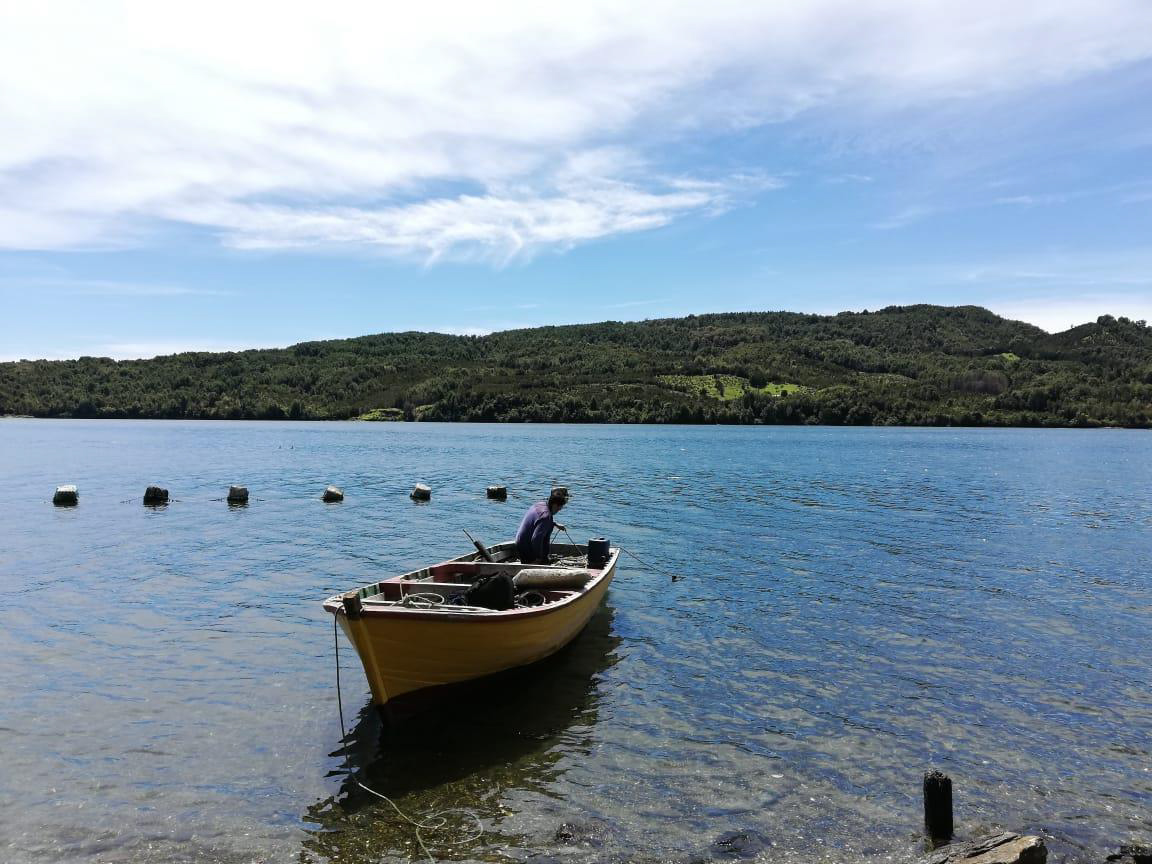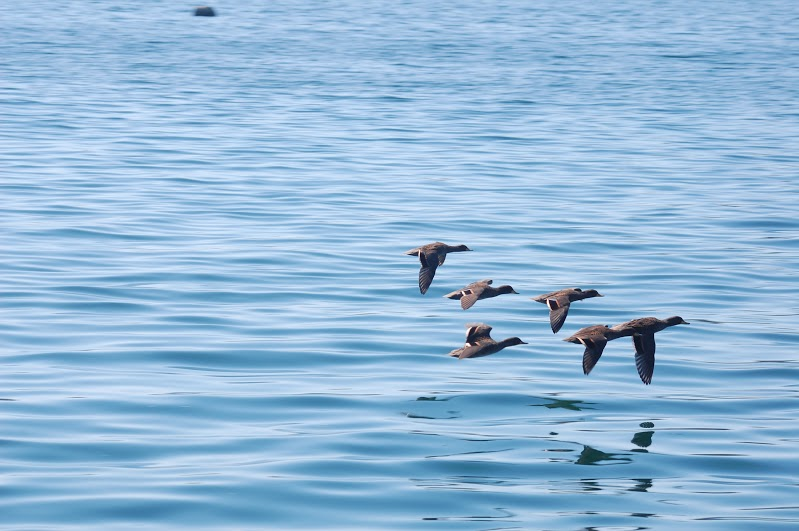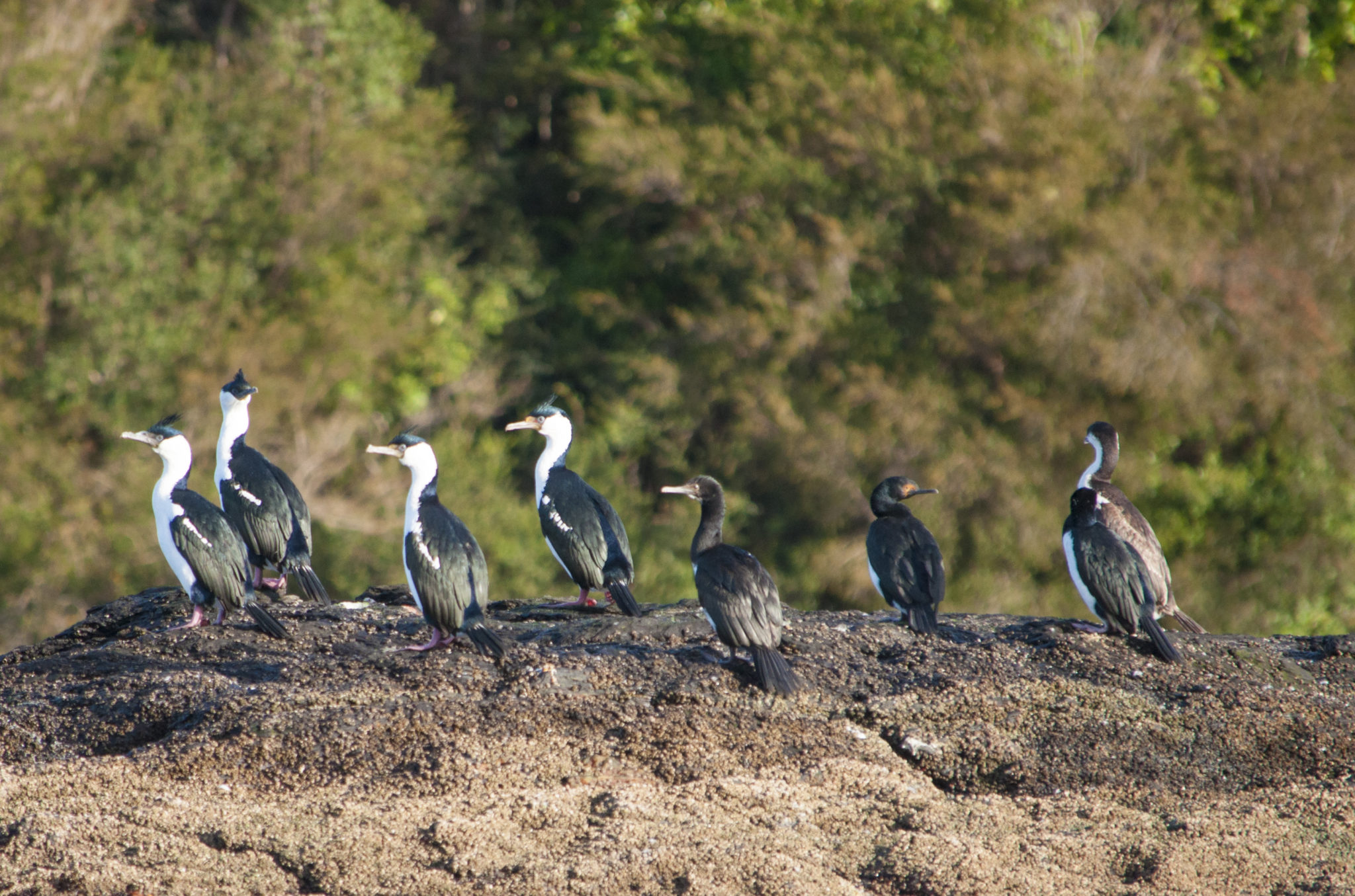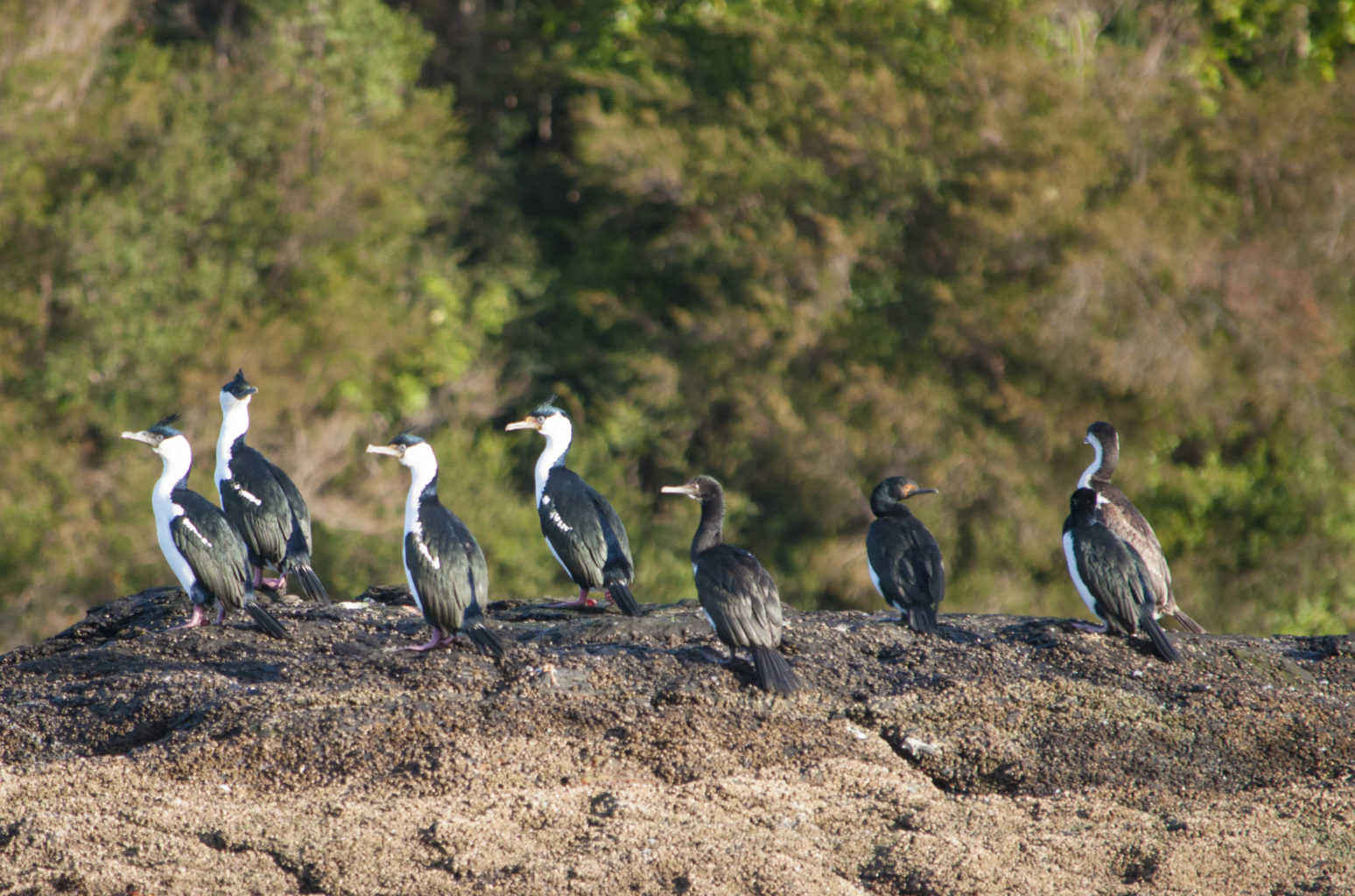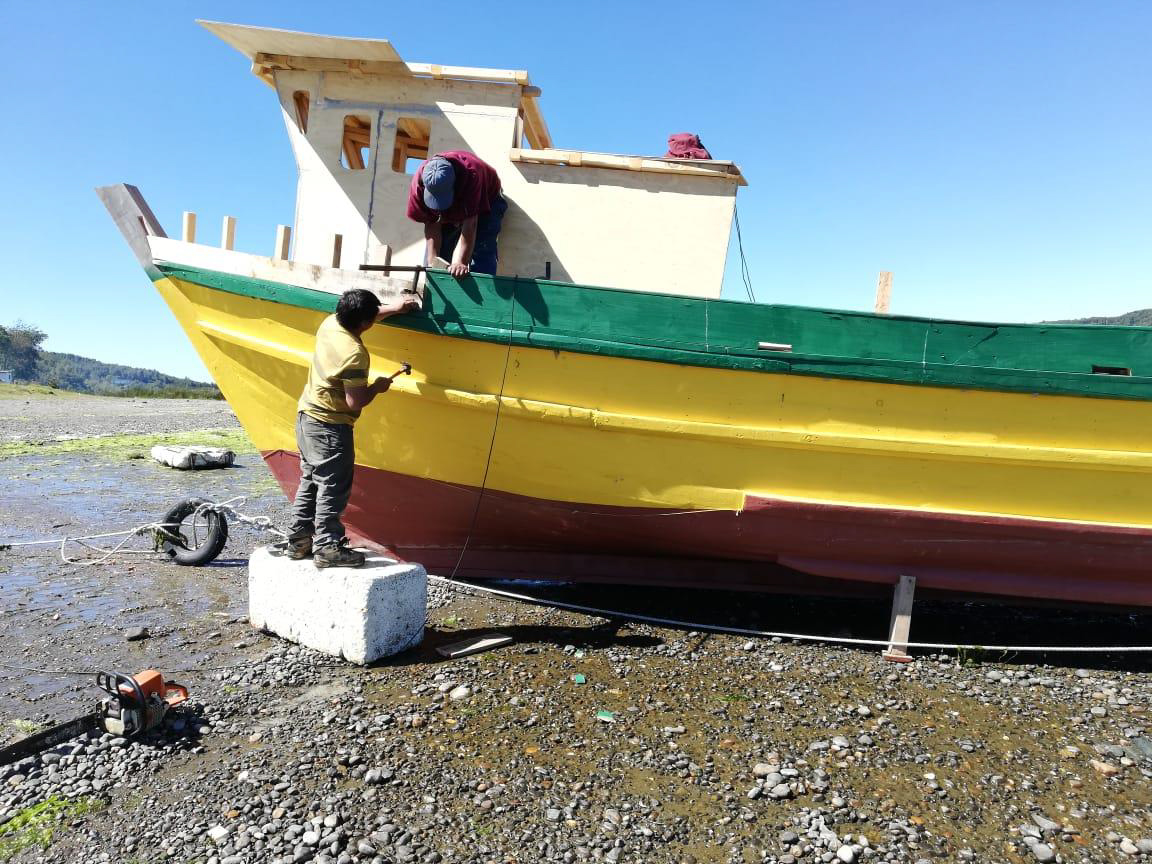Small, remote Koldita Island is part of the Chiloé Archipelago of southern Chile. The archipelago has a high percentage of endemic species and is home to blue and other whales, otters, and the threatened Chilean dolphin. The islands provide important habitat for many birds, including penguins, black-necked swan, green-backed firecrown, ringed kingfisher, and Chilean flamingo. The area is also an important habitat for Chile’s two otter species, both of which are in danger of extinction.
For centuries, culture on the island changed little for the indigenous Mapuche-Huilliche people. In the last 20 years, however, development has caused pollution and increased sedimentation along the coast. Exotic species have been introduced, archaeological sites disturbed, and traditional knowledge lost.
The communities are seeking legal protection for nearby marine and coastal territory. They seek Seacology’s help with two initiatives that will support this large marine protected area: development of a management plan, and the purchase of equipment, such as VHF radios and binoculars, to help community members monitor the area and enforce restrictions. A Seacology grant will help the community preserve the island’s environment and their traditional culture.


